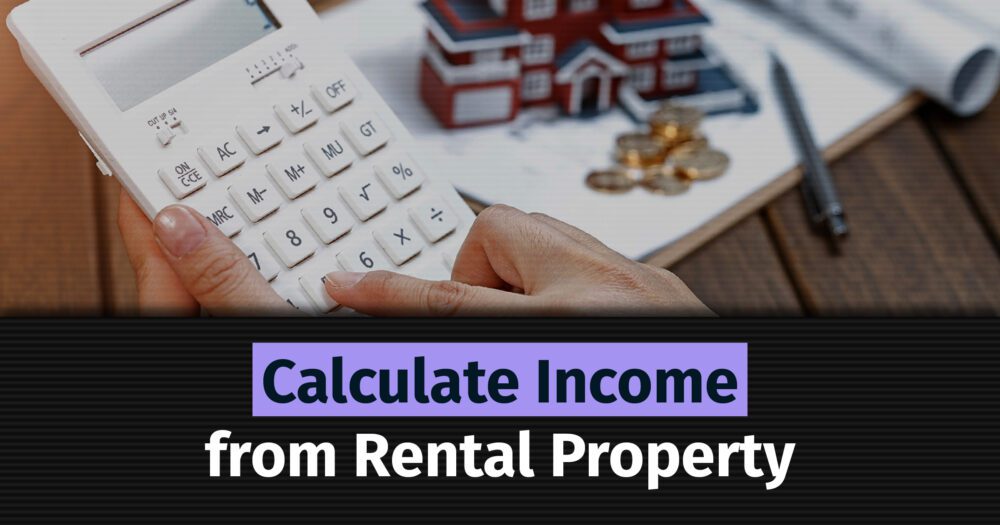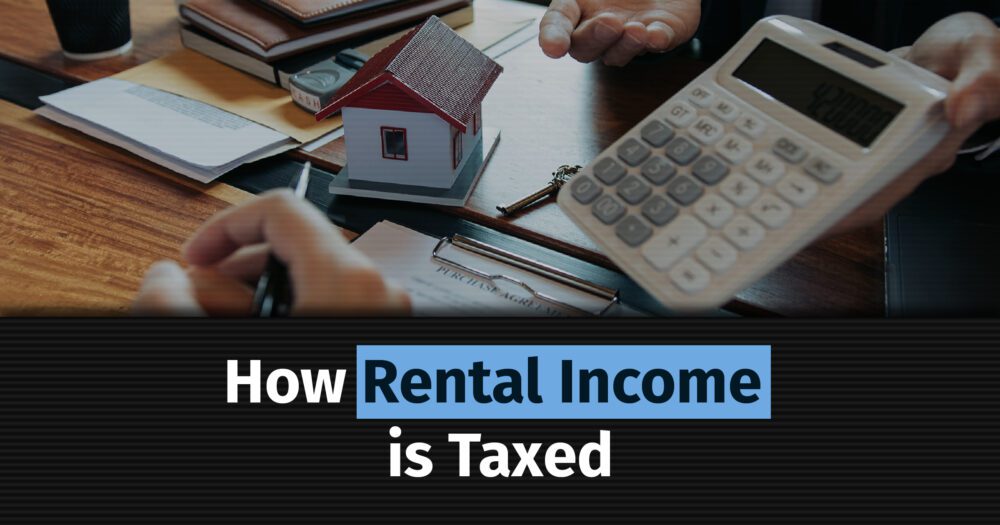In India, real estate is often considered a prized investment. While property ownership brings along with it the potential for asset appreciation, the complexities come into play when this property is leased out. The rental income thus generated falls under the purview of various taxation laws. This detailed guide aims to elucidate the complexities surrounding income tax on rental income, Tax Deducted at Source (TDS) on rent, calculation of annual value, and deductions allowed by the Indian Income Tax Act. We will also delve into how profit, loss, or income from house property impacts your overall tax liability. If you are a co-owner of a property, this guide will elucidate how taxation rules differ for you.
Annual Value Calculation: The Starting Point
Before diving into taxation aspects, understanding the term ‘Annual Value’ is crucial. As per the Indian Income Tax Act, the annual value is essentially the amount for which the property could reasonably be expected to be let from year to year. The Income Tax Department employs the term ‘Gross Annual Value’ (GAV) for taxation. GAV is the higher of the following:
- The rent that the property could fetch based on current market conditions; or
- The actual rent received or receivable for the property.
By determining GAV, you arrive at a foundational figure upon which subsequent calculations for income tax on rental income are based.
Deductions: Reducing the Tax Burden
After arriving at the annual value, the Income Tax Act provides certain deductions to compute the Net Annual Value (NAV):
Standard Deduction: In the realm of leased properties, property owners can leverage a standard deduction pegged at 30% of the net annual value, which is computed post the subtraction of municipal taxes, without requiring any actual expenditure proof. This deduction has been meticulously crafted to envelop maintenance and repair expenditures.
Interest on Housing Loan: If the property is financed through borrowed capital, the interest repayable on such capital becomes deductible. The interest disbursed on home loans linked to the property is entitled to deduction under Section 24(b) of the Income Tax Act. The upper ceiling for deduction is Rs. 2 lakh for a self-occupied property and encompasses the entire gamut of interest disbursed for a property that is offered on lease.
Taking these deductions into account is vital as it significantly reduces the amount of taxable rental income, thus minimizing your tax liability.
Impact of Profit, Loss, or Income from House Property on Taxation

Mortgage Loan Debt Instruments that are Secured by Property Assets such as Real estate Services, Rent, Buying Home or Auction House. Background Vector illustrationYour Net Annual Value determines whether you earn a profit, incur a loss, or generate income from your house property, and this has direct implications for your tax outgo. If the NAV after permissible deductions results in a surplus, it is treated as ‘Income from House Property.’ This income is integrated into your total taxable income. On the flip side, if there is a deficit, it becomes a ‘Loss from House Property,’ which you can offset against other heads of income, thereby reducing your overall tax liability.
TDS on Rental Income: A Tenants’ Responsibility
When it comes to rental transactions exceeding a monthly sum of Rs 50,000, the tenant must deduct a 5% TDS under Section 194-IB of the Income Tax Act. The realm of TDS (Tax Deducted at Source) on rent is primarily executed during the point of credit of ‘income by way of rent’ or during the phase of actual payment. The mechanism of tax payment can traverse diverse modes, encompassing cheques, drafts, and an array of other payment modes. It is a critical aspect often overlooked in rental arrangements but constitutes a legal requirement that both parties must adhere to.
Key factors related to TDS on rental income include:
Entities charged with the responsibility of paying rent must orchestrate the deduction of tax at the source.
Individuals or Hindu Undivided Families (HUFs) that find themselves subject to tax audits are endowed with the authority to execute the deduction of tax at source.
Methodology for Calculating TDS on Rent:
| Rent payer | TDS rat | Threshold limit |
|---|---|---|
| Companies, firms, trusts or associations of persons, and individuals or HUFs, where the payer is engaged in a business whose accounts were audited | 10% of the rent | TDS has to be deducted if the aggregate of the rent paid or likely to be paid during the year exceeds Rs 2.40 lakh |
| Individuals and HUFs not covered in the above section | 5% of the rent | TDS has to be deducted if the rent for each month or part of the month is more than Rs 50,000 |
Calculating TDS on rental income is a straightforward process governed by the Income Tax Act. With a TDS rate of 5%, one would deduct Rs 3,000 on a monthly rent of Rs 60,000 (5% of 60,000). The deducted amount is then deposited with the government, and a TDS certificate is provided to the landlord, which becomes crucial while filing tax returns.
Taxation Rules for Co-owners: Shared Liability and Benefits
Ownership structures complicate tax obligations. When a property has multiple owners, the taxation rules become slightly intricate. Each co-owner is liable to pay tax on rental income in proportion to their ownership share. Deductions on home loan interest and principal repayment can also be claimed according to their respective shares. This shared framework necessitates careful planning and transparent communication among co-owners to ensure compliance with tax laws.
Form 26AS and Income Declaration:
The harmonious alignment between the rental income and the tax deducted at source (TDS) finds its reflection in the Form 26AS – a holistic tax credit statement. In the event of any discrepancies, immediate rectification is the call of the hour.
Conclusion:
Navigating through the labyrinth of income tax laws concerning rental income in India can be daunting. With intricacies like calculating the annual value, understanding and applying deductions, adhering to TDS obligations, and special considerations for co-owners, the process requires due diligence. By dedicating the time and resources to comprehend these aspects, property owners can not only meet legal obligations but also optimize their tax outflows.
Consulting with professionals in the taxation field can offer personalized insights into your unique circumstances. Proper tax planning coupled with awareness can streamline the process, from generating rental income to effectively filing your tax returns.
Disclaimer: This article is for informational purposes and should not replace professional advice. Consult a certified tax consultant for your specific needs.









